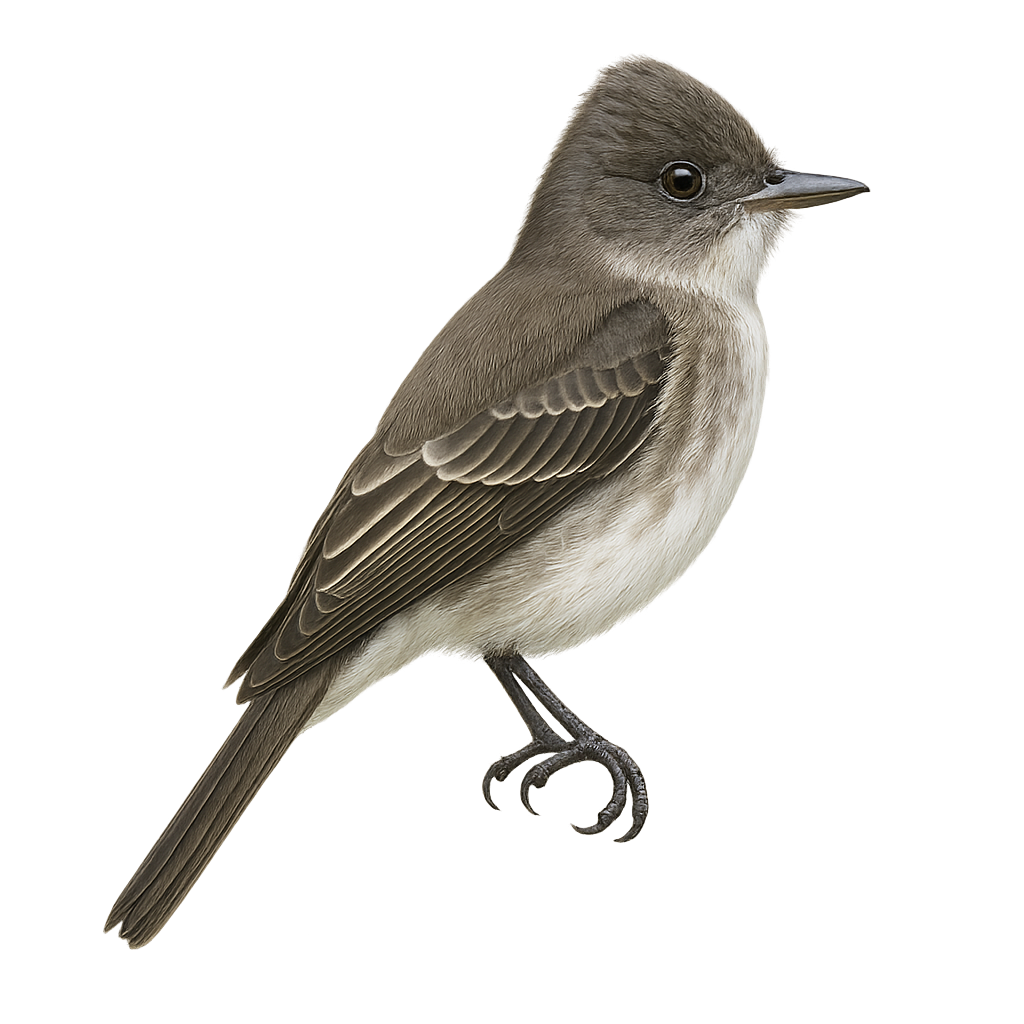Your wildlife photography guide.
Explore the olive-sided flycatcher in detail, study its behavior, prepare your shots.
Where to observe and photograph the olive-sided flycatcher in the wild
Learn where and when to spot the olive-sided flycatcher in the wild, how to identify the species based on distinctive features, and what natural environments it inhabits. The WildlifePhotographer app offers tailored photography tips that reflect the olive-sided flycatcher’s behavior, helping you capture better wildlife images. Explore the full species profile for key information including description, habitat, active periods, and approach techniques.
Olive-sided Flycatcher
Scientific name: Contopus cooperi

IUCN Status: Near Threatened
Family: TYRANNIDAE
Group: Birds
Sensitivity to human approach: Suspicious
Minimum approach distance: 10 m
Courtship display: May to June
Incubation: 18-20 jours
Hatchings: June to July
Habitat:
Coniferous forests, forest edges, open wooded areas
Activity period :
Primarily active during the day, with peak activity in the morning and late afternoon.
Identification and description:
The Olive-sided Flycatcher is a medium-sized migratory bird belonging to the Tyrannidae family. It is easily recognizable by its slender silhouette and distinctive olive sides. Its plumage is primarily gray-brown with a contrasting white chest. This bird is often seen perched high, scanning its surroundings for flying insects, its main food source. It is known for its distinctive song, often described as "quick, three beers!" in English. The Olive-sided Flycatcher primarily nests in the coniferous forests of northern America but migrates to Central and South America for the winter. Its population is declining due to habitat loss and climate change.
Recommended lens:
400mm – adjust based on distance, desired framing (portrait or habitat), and approach conditions.
Photography tips:
To photograph the Olive-sided Flycatcher, it is advisable to use a telephoto lens of at least 400mm to capture detailed images from a distance. Look for high perches where the bird is likely to land. Be patient and discreet to avoid disturbing it. The best times for photography are early morning or late afternoon when the light is soft and insect activity is high. Use a tripod to stabilize your camera and achieve sharp images.
The WildlifePhotographer App is coming soon!
Be the first to explore the best nature spots, track rutting seasons, log your observations, and observe more wildlife.
Already 1 431 wildlife lovers subscribed worldwide

